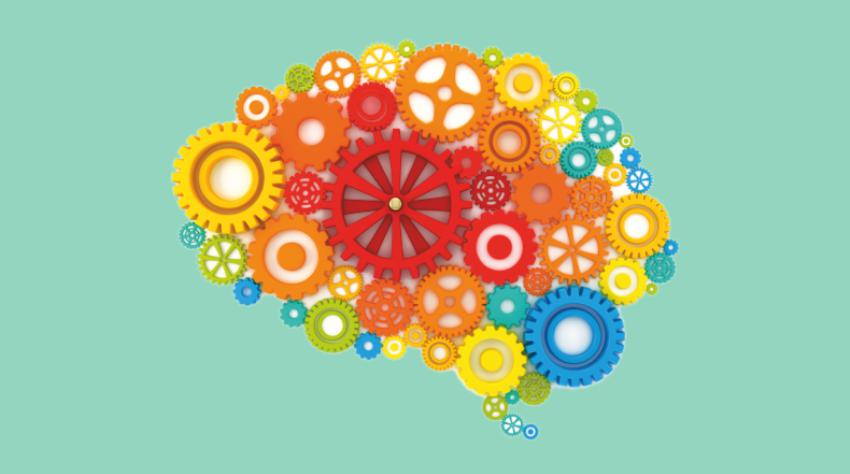When it comes to human organs, brain is the most mysterious part of our body. For number of centuries the humans had misconceptions and misunderstandings regarding how exactly the brain works. While we are still on the way to decipher the magic of the brain, the scientists have discovered the biggest of the developments in the science of learning. The science of learning deals with how the humans learn, acquire and recall information, and how to represent the knowledge in the practical world. It’s absolutely fantastic!
There are few hikes that are occurred in the science of learning. The behavior of the brain is keenly observed by the scientists and they have derived few conclusions.
Know your Charismatic Brain!
Out of the many misconceptions one was that the connection between the neurons and the brain was fixed by the time of teenage and may be even earlier. But the scientists overwrote the misconception and concluded that the wiring of neurons may change at any age with the adaption of different environments but the only thing is the rate at which this happens may get slow by the increasing age. This phenomenon is Neuroplasticity which had several developments in how and when the brain works with how the concept can be used to gain the desired outcome.
Yes, the brain gets overwhelmed!
The brain is always equipped with tons of thoughts and information but the time comes when it is overwhelmed or saturated which is called as Cognitive Overload in scientific terms. This term has become a sizzling topic of discussion in interpretation of multi-tasking. This had led to the major effect on the education field, too. To reduce mental noise, teachers have had to create new techniques to present the material. The techniques include chunking, concentrating on past experiences and deleting unnecessary information due to which students will remember huge amount of information.
Offer it some Novelty
Boredom and repetition may kill the enthusiasm of the brain to learn something new. The brain asks for some freshness every time it undergoes boredom. Scientists have discovered that freshness in the information causes the dopamine system to activate which sends the chemicals throughout the brain. “Dopamine” is the “feel good” chemical that is sent to the brain which encourages the feeling of motivation. This study has encouraged most of the educational purposes where the student has learnt variety of things by giving novelty to their brain.
Free Style Learning
Students are supposed to have their way of learning but when the analysis was done, students were found to belong to the same level of learning in spite of how information is represented. Amid the 71 different models or styles developed over the past few decades, attention to the individual talents, priorities and capabilities of students have to be majorly focused.
‘Use it or lose it”
Ever found the reason for not remembering a foreign language or any mathematical problem which you have recently learned? The only reason behind this is not using it on regular basis. The information in the brain will be lost if not used for a long while as the neural path weakens over time.
The brain generates more cells than it requires. It survives the cells having chemical and electrical stimuli and the rest dies off. The brain has to fetch regular provocation to given paths in the brain to survive those cells.
Higher the EQ, Higher is the learning ability
Learning things, adapting them is not only dependent on the IQ (Intelligent Quotient). The ability to learn the things is also dependent on how do we feel which is nothing but the EQ (Emotional Quotient).There are some situations when the students feel ashamed, demoralized, develops negative thoughts which can actually make the learning process worse.
A recent study of the brain has revealed that the limbic system, an emotional part of the brain, has access to open or shut the process of learning. The brain blockage will cause deformation of new connections which will make the learning process rock solid difficult.
The science of learning has dealt with the brain mechanisms in few fields such as Neuroscience and Biology, where the research will be of mind computations, Cognitive Science and Psychology which deals with developing and using knowledge, Computer Science Engineering where computers are learning how to think and the research is going on.
The human brain thus gives a solid impression about how deep thinking gives amazing results from the brain. The brain can give the desired inputs if trained in a proper manner. The objective behind the analysis of the brain is to ascertain what is essential for a person to deep think and to evaluate the conditions of the working brain. The science of learning can give its major contribution in the field of education too where the study of how students learn and how they represent the knowledge to the practical world is analyzed.
Ashwini S. Deshpande









